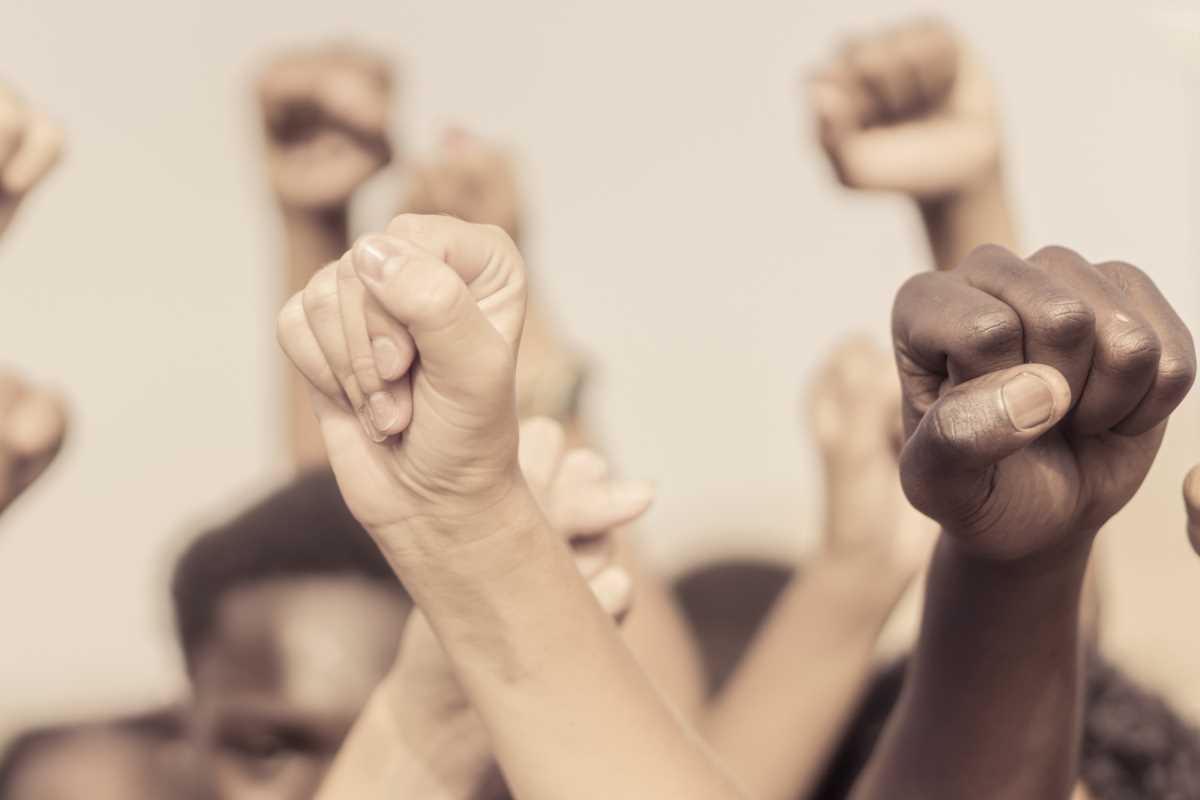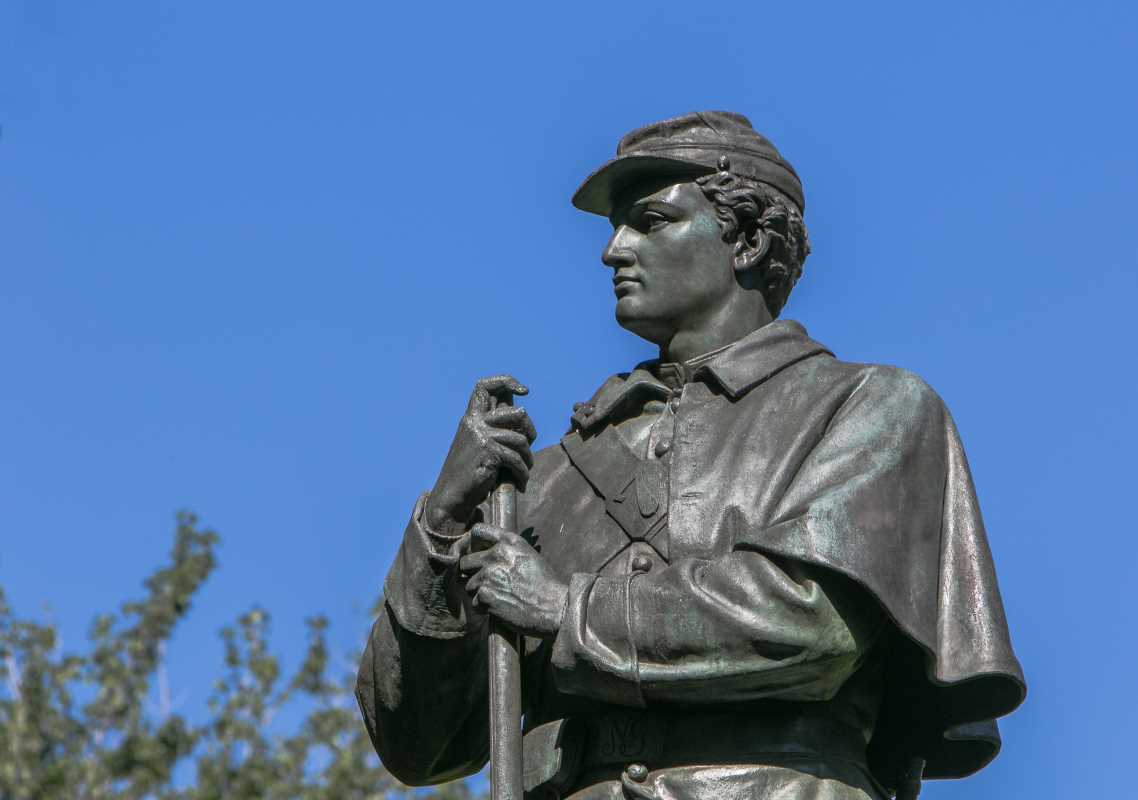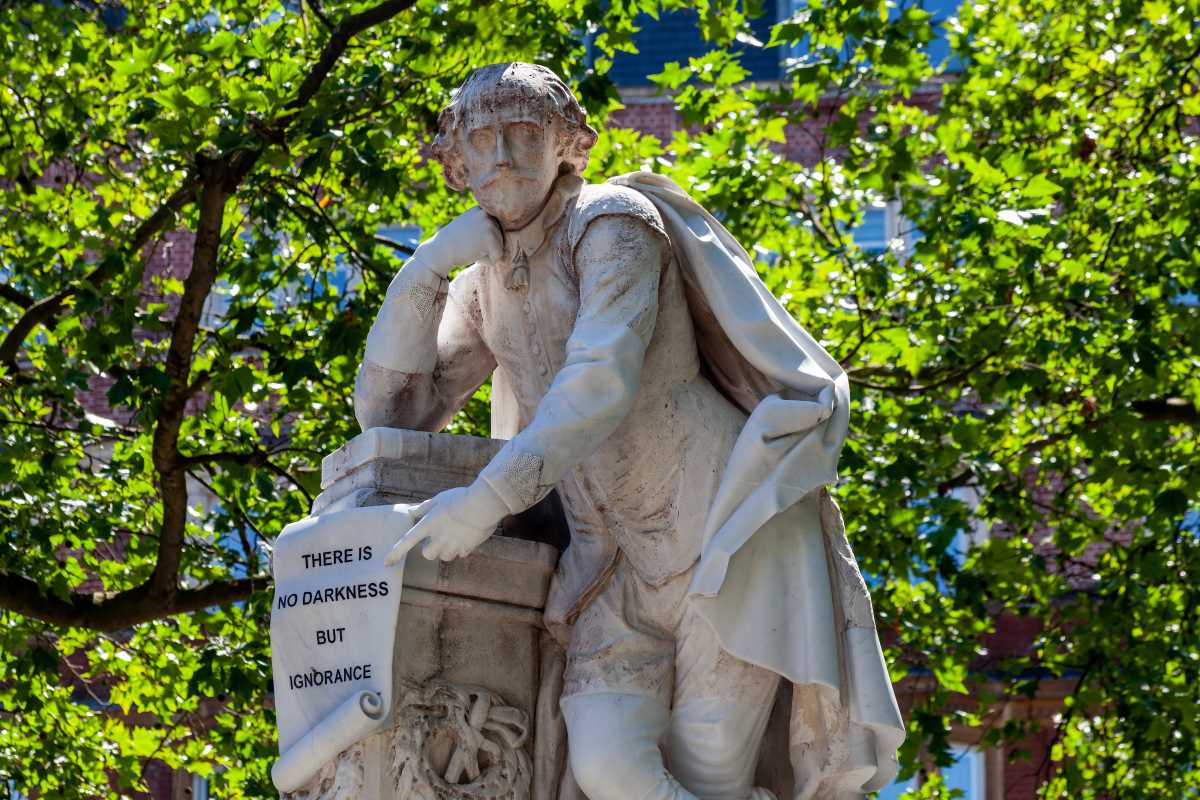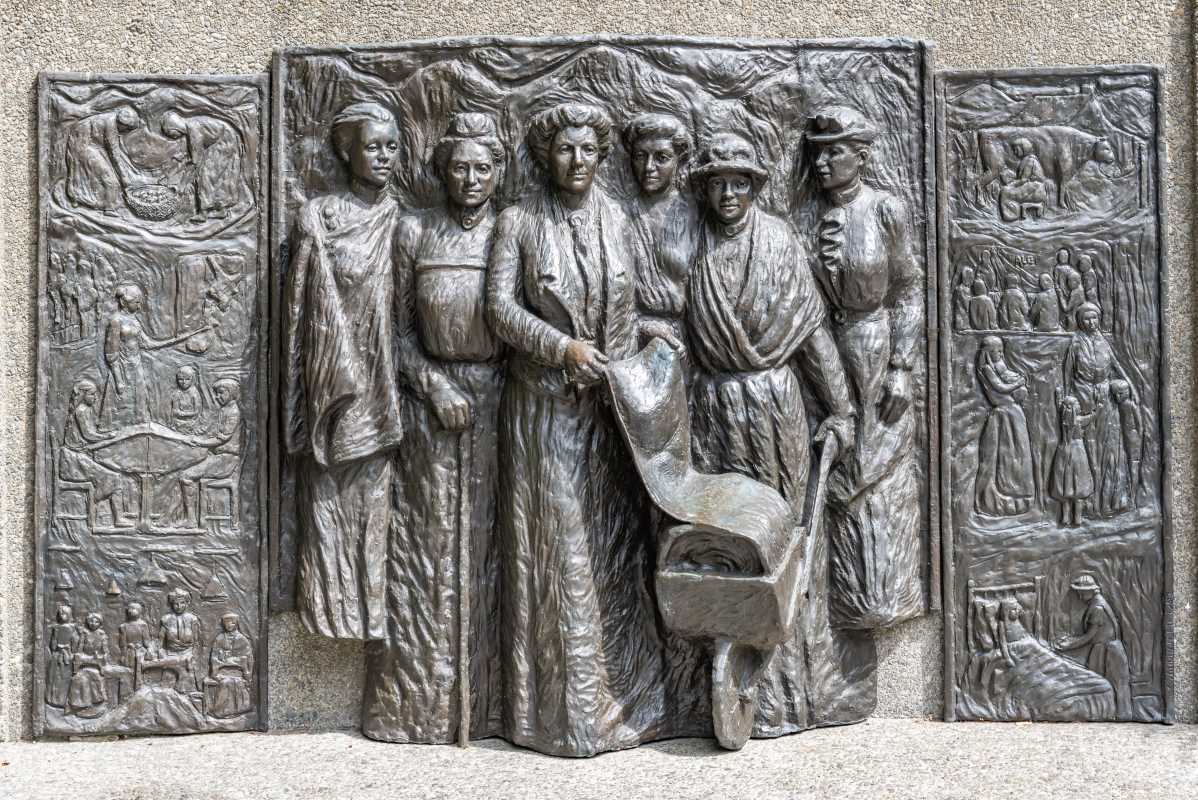The Civil Rights Movement of the 1950s and 1960s was a turning point in American history. It challenged a system that had oppressed Black Americans for centuries. Through powerful protests, legal challenges, and fearless leadership, the movement forced the nation to confront its deep-rooted inequalities. Icons like Martin Luther King Jr., Rosa Parks, and John Lewis became symbols of hope and determination, reminding everyone that change is possible even in the face of overwhelming odds.
But the Civil Rights Movement set the stage for racial equality. Its strategies and achievements have had far-reaching impacts, inspiring social justice movements for women’s rights, LGBTQ+ rights, disability rights, and more. By examining how the Civil Rights Movement unfolded, we can better understand how it shaped today’s fight for justice and equality.
The Goals and Achievements of the Civil Rights Movement
The Civil Rights Movement had clear goals, but achieving them required tremendous courage, persistence, and unity. The movement sought to dismantle racial segregation, fight discrimination, and win equal rights for Black Americans. Here are some of its most notable achievements:
Ending Segregation
For decades, U.S. laws enforced segregation, especially in the South. Black Americans were required to use separate schools, buses, restaurants, and even water fountains. The 1954 Supreme Court case Brown v. Board of Education was a major victory for the movement. It ruled that segregated schools were unconstitutional, setting a legal precedent for other challenges to segregation.
The Civil Rights Act of 1964
This landmark legislation banned discrimination in public places, employment, and education. It was a monumental step toward a more equal society and remains one of the most significant laws in U.S. history.
The Voting Rights Act of 1965
Suppressing Black voters was a widespread practice, especially in the South. Poll taxes, literacy tests, and outright intimidation kept many from voting. The Voting Rights Act outlawed these practices, ensuring that every citizen could participate in democracy.
Equality in Housing
The Fair Housing Act of 1968 was another critical victory. It prohibited discrimination in the sale or rental of housing, making it easier for Black Americans and other minorities to find homes without prejudice.
These achievements challenged public attitudes and set the stage for broader social change.
Inspiring Modern Social Justice Movements
The Civil Rights Movement didn’t happen in isolation. Its success inspired countless other movements in the years that followed. Today’s fight for equity and justice across various groups owes much of its tactics and ideologies to this pivotal moment in history.
Women’s Rights
The momentum and visibility of the Civil Rights Movement encouraged women to demand their own equality. The Women’s Liberation Movement of the 1960s and 70s pushed for reproductive rights, equal employment opportunities, and protections against workplace harassment. Leaders of this movement often borrowed protest tactics like marches, rallies, and strategic litigation directly from the Civil Rights Movement.
LGBTQ+ Rights
The fight for LGBTQ+ rights also took inspiration from the Civil Rights Movement’s example of grassroots activism. The Stonewall riots in 1969 became a rallying point for LGBTQ+ rights, highlighting the movement’s determination to protest discrimination openly. Many LGBTQ+ advocates have drawn comparisons between their struggle for equality and the road that African Americans walked during the 1960s.
Legal victories, such as the legalization of same-sex marriage in 2015, reflect years of activism rooted in strategies pioneered during the Civil Rights era.
Disability Rights
The disability rights movement took significant cues from the Civil Rights Movement’s focus on legal protections and public protest. Activists fought for laws like the Americans with Disabilities Act (1990), which prohibited discrimination based on disability and improved accessibility in public spaces and workplaces.
Black Lives Matter and Ongoing Racial Justice Movements
Today’s Black Lives Matter movement directly builds on the foundation laid by the Civil Rights Movement. Sparked by incidents of police brutality and systemic racism, Black Lives Matter calls attention to issues that remain unresolved years after the height of the Civil Rights era. By organizing protests, raising awareness, and advocating for policy reform, the movement continues the push for racial justice.
Lessons from the Civil Rights Movement
The success of the Civil Rights Movement provides critical lessons for modern social justice efforts. From building coalitions to using the power of storytelling, its strategies remain effective tools for creating change.
Nonviolent Protest
One of the most enduring strategies of the Civil Rights Movement was its commitment to nonviolence. Sit-ins, freedom rides, and marches like the 1963 March on Washington showed the power of peaceful resistance. This approach gained public sympathy and highlighted the injustice of violent responses from opponents.
Modern movements continue to use nonviolent methods to draw attention to their causes. Peaceful gatherings, viral hashtags, and community solidarity remain at the heart of today’s activism.
Leadership and Community
The Civil Rights Movement thrived because of its strong leaders and its grassroots support. Figures like Martin Luther King Jr. unified and inspired people, but it was everyday citizens who carried the movement forward. College students, churchgoers, and community members worked tirelessly, proving that collective action could overcome even the most entrenched systems of oppression.
Modern justice movements often rely on the same model of leadership combined with community action. For example, organizations like Black Lives Matter or Fight for $15 (focused on raising the minimum wage) emphasize local organizing as a way to gain national attention.
The Importance of Legal Change
While protests and public demonstrations are crucial, the Civil Rights Movement demonstrated the importance of fighting for legal reforms. Changes in the law create lasting protections that benefit future generations. Modern advocates continue this tradition, lobbying for policies like criminal justice reform, environmental protections, and expanded healthcare access.
The Role of Allies
The Civil Rights Movement succeeded, in part, because it gained support from people outside the Black community. White allies marched alongside Black Americans, and some leaders in government and business backed the movement’s goals. This coalition-building remains a key lesson for today’s activists. Social justice movements that unite people across racial, economic, and cultural lines are often the most successful.
Challenges That Remain
While the Civil Rights Movement achieved incredible progress, many of the issues it addressed still exist today. Income inequality, racial profiling, voter suppression, and unequal access to education are just a few examples. These ongoing challenges serve as a reminder that the work isn’t over.
Additionally, new issues have arisen that require the same spirit of activism and determination. Climate justice, gun control, and healthcare equity are just some of the modern causes that could benefit from the strategies pioneered by the Civil Rights Movement.
 (Image via
(Image via





